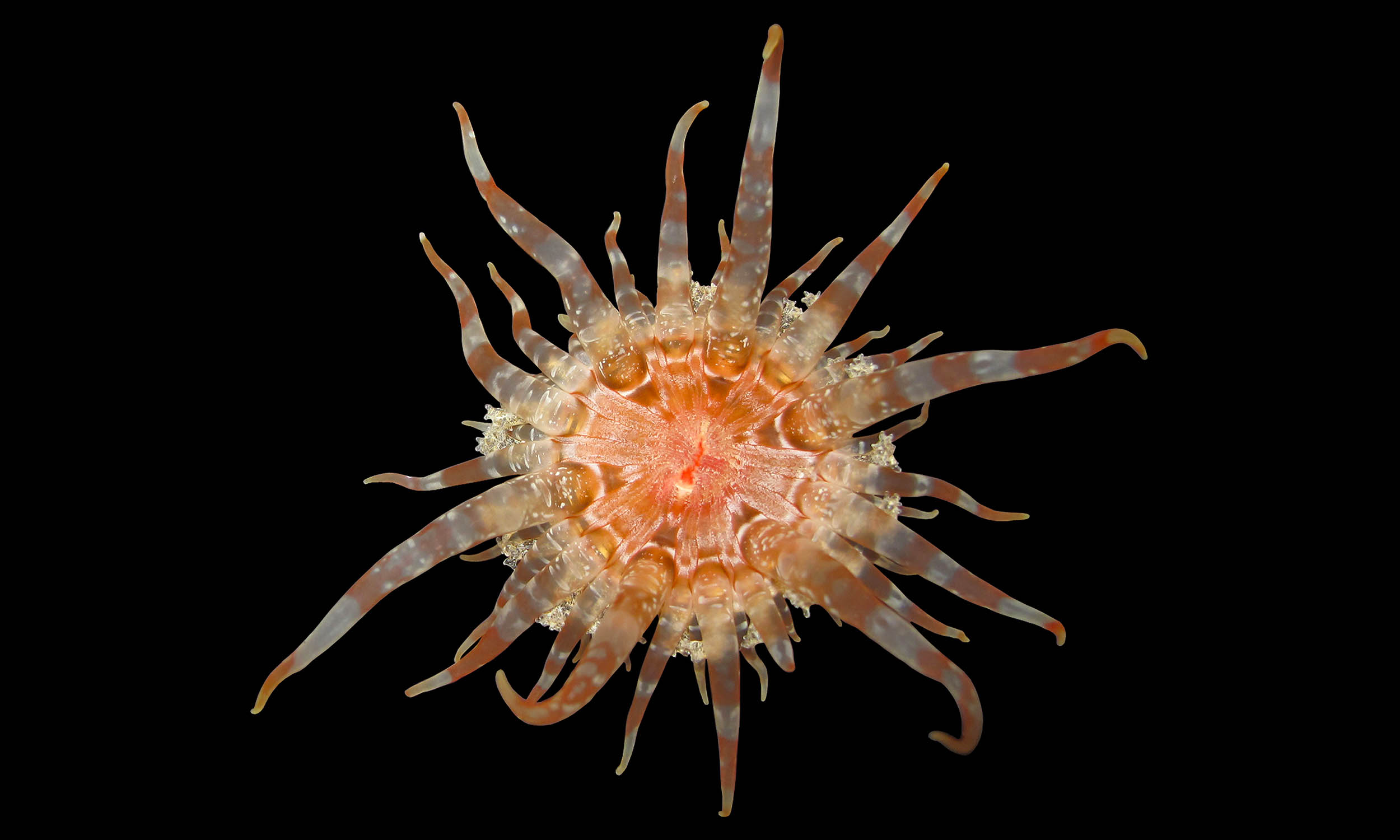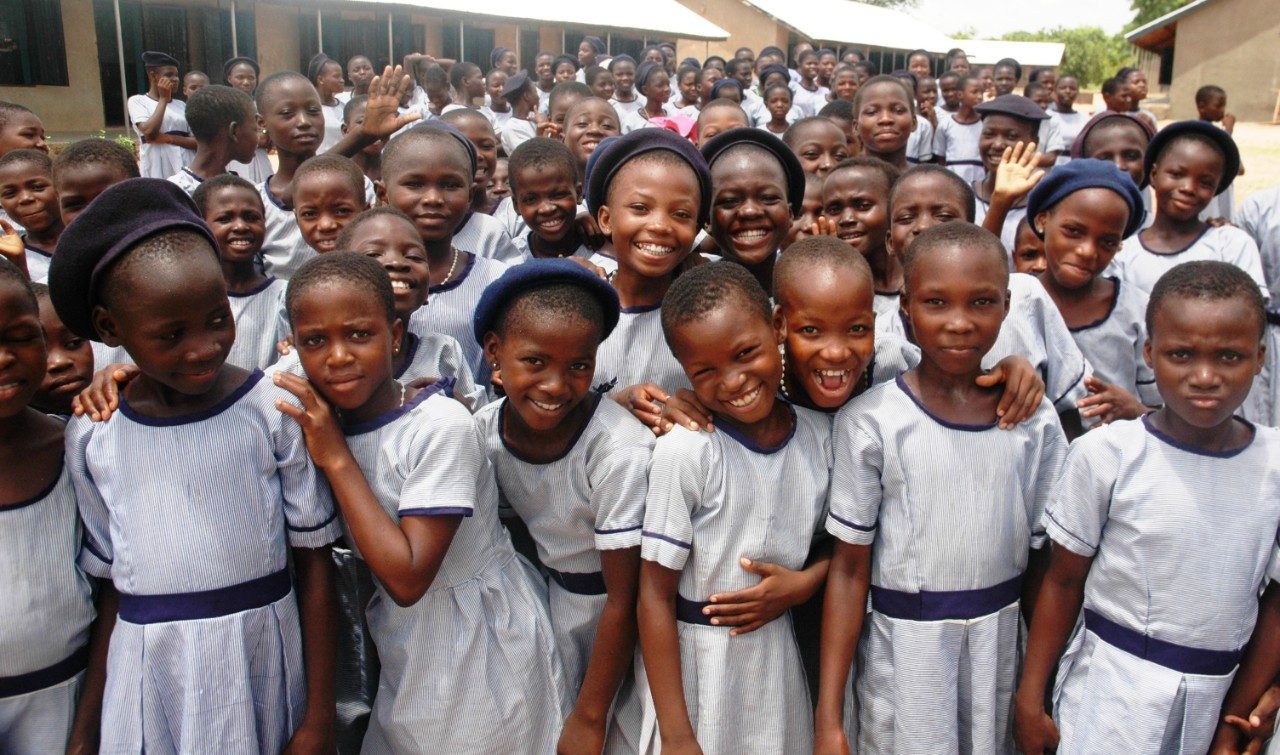They may not be home for Christmas, but astronauts in space are finding their own way to make the season bright. They’ve even hung their space stockings by the airlock with care.
A list of stores open on Dec. 25, 2025
On Dec. 25, Christmas Day, a few stores in Michigan will be open.
Here’s a list of stores and restaurants open on Christmas Day:
-
CVS: Many CVS locations will have modified hours on Christmas Day. Customers are encouraged to call ahead or double-check local hours online.
-
Walgreens: Walgreens stores will be open on Christmas Day but pharmacy hours may vary. All 24-hour locations will continue to remain open. You can double-check local hours here.
-
Starbucks: Many Starbucks locations will be closed on Christmas, while some may have limited hours. It’s best to check ahead online.
-
McDonald’s: Many McDonald’s locations in the U.S. are open on holidays like Christmas, but hours vary by location. Consumers can use the chain’s online store locator to confirm.
-
Safeway: Many stores are closed, but there will also be some locations open with adjusted hours.
-
Sheetz: Stores are open with regular hours (24/7).
-
7-Eleven: Most stores are open 24/7 (including on Christmas), but some locations’ hours can vary.
-
Bavarian Inn Restaurant in Frankenmuth: Open on Christmas Day. See the menu.
-
Clara’s Table in Dearborn: Reservations are available on OpenTable. See more.
-
Dave & Buster’s: The event, arcade, and bar/grill is open from 5 p.m. to midnight on Christmas Day. Reserve a table here.
-
Eddie Merlot’s in Bloomfield Hills: Open regular hours on Christmas Day. See the menu.
-
Texas de Brazil: The all-you-can-eat restaurant will be open at 11 a.m. on Christmas Day. Reserve a table.
-
Zehnder’s of Frankenmuth: Open Christmas Day, offering a special Christmas buffet. See the menu.
Copyright 2025 by WDIV ClickOnDetroit – All rights reserved.







